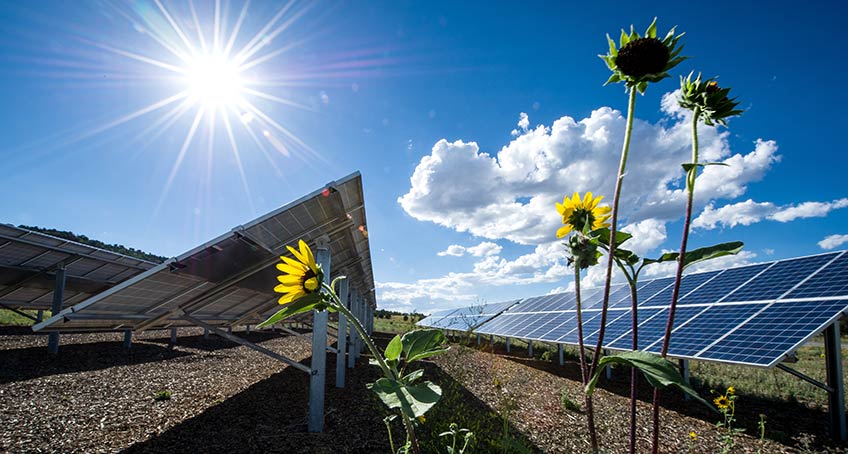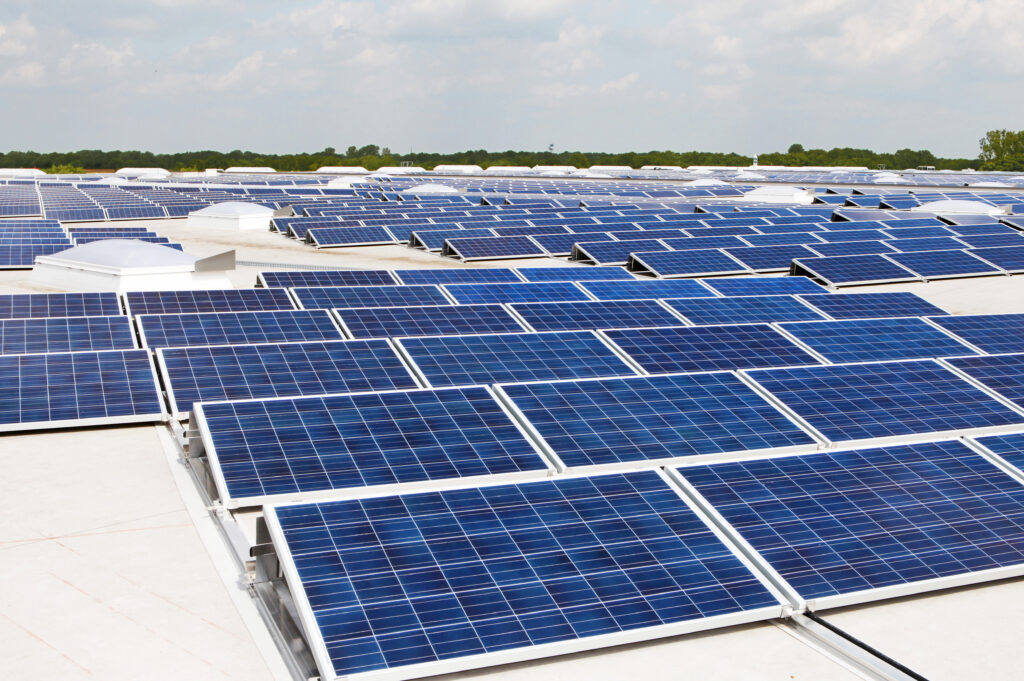
South America has abundant natural resources that drive the need for solar photovoltaics (PV) installation. Key components of the solar photovoltaic include panels, inverters, surge arrestors, cables, mounting systems, and metering, among others. Areas like the Atacama Desert in Chile and northern Argentina have some of the highest solar irradiance in the world. These areas have the best conditions for large-scale solar power generation. Countries like Brazil, Chile, Argentina, and Colombia are leading the solar energy sector. For instance, in Brazil, solar is the second-largest source of electricity sustaining the main grid. This has attracted investments from the Chinese through supplies in technology and capital to ease large-scale solar projects. Between 2019 and 2022, the capacity of solar projects operated by Chinese companies rose from 1.4 GW to 4.9 GW. These investments help to address climate change and reduce the use of fossil fuels.
With the adoption of solar photovoltaics in the region, surge arrestors are an integral part of the development. Surge arrestors protect the electrical components from voltage surges caused by lightning strikes and switching operations. By doing so, they protect the solar equipment, including the PV panels, inverters, transformers, and control systems. Surge arrestors help maintain the operation of solar farms and reduce downtime or equipment damage. Let’s dive in to address the importance of surge arrestors and how they revolutionize the solar energy sector.
Impact of surge arrestors in the integration of solar PV into the grid
Energy generated from the solar photovoltaics helps to address energy security, climate goals, and energy reliability. It is thus important to integrate the solar PV with the main grid to supply the excess energy generated. This can also help to address the intermittency nature of solar energy. Surge arrestors ensure smooth integration into the electric grid by protecting key components from voltage surges. PV systems are at risk of damage from lightning strikes, switching operations, or power surges. This can disrupt the flow of electricity from the solar farm to the grid. Here’s how surge arrestors influence solar PV integration into the grid.

- Protection of solar PV components – solar farms consist of sensitive electrical components. These components are important for converting the solar energy into usable electricity and synchronizing with the grid. Such components include PV panels, inverters, transformers, and switchgear. Surge arrestors safeguard and ensure the protection of these components for continuous operation.
- Ensure grid reliability and stability – voltage surges can affect the solar PV and the electrical grid. Surges can cause fluctuations, which lead to grid instability or disconnection. Surge arrestors ensure the voltage spikes are neutralized before they reach the grid. Additionally, it helps prevent broader disturbances to the grid.
- Reduces downtime and power interruptions – damage to the solar PV components can lead to power interruptions. This affects the electricity supplied to the grid. Surge arrestors reduce the likelihood of power interruptions by protecting the components from damage. This ensures the solar farm continues supplying electricity to the grid without downtimes or repairs.
- Effective power quality control – voltage imbalances can harm other connected systems and lead to equipment damage. Surge arrestors protect against voltage spikes that could reduce electricity’s power quality.
Technological considerations for solar photovoltaics installations in South America
With the rise in the adoption of solar energy farms in South America, there are several factors to consider to ensure optimal performance. The region has unique geography, climate, and energy market dynamics. Leveraging these technological solutions helps the region meet its clean energy goals. As already discussed, it is important to include surge arrestors in the installations. This is to prevent the risk of damage from lightning strikes and switching operations. The following are the technological factors to consider for the installation.

- Solar panel selection and tracking systems – select panels with high efficiency to maximize energy output. Solar tracking systems can increase energy capture by adjusting panel angles to follow the sun’s path.
- Inverter technology – these are components that convert direct current (DC) into alternating current (AC) for grid use. It is therefore important to consider grid-forming inverters, string inverters, or smart inverters.
- Monitoring and maintenance technology – remote monitoring systems and predictive maintenance technologies help to ensure the performance and longevity of solar PV installations.
- Local manufacturing and supply chain – check the specific country’s local content requirements for renewable energy projects. Local manufacturing facilities for solar panels help reduce costs and shorten lead times.